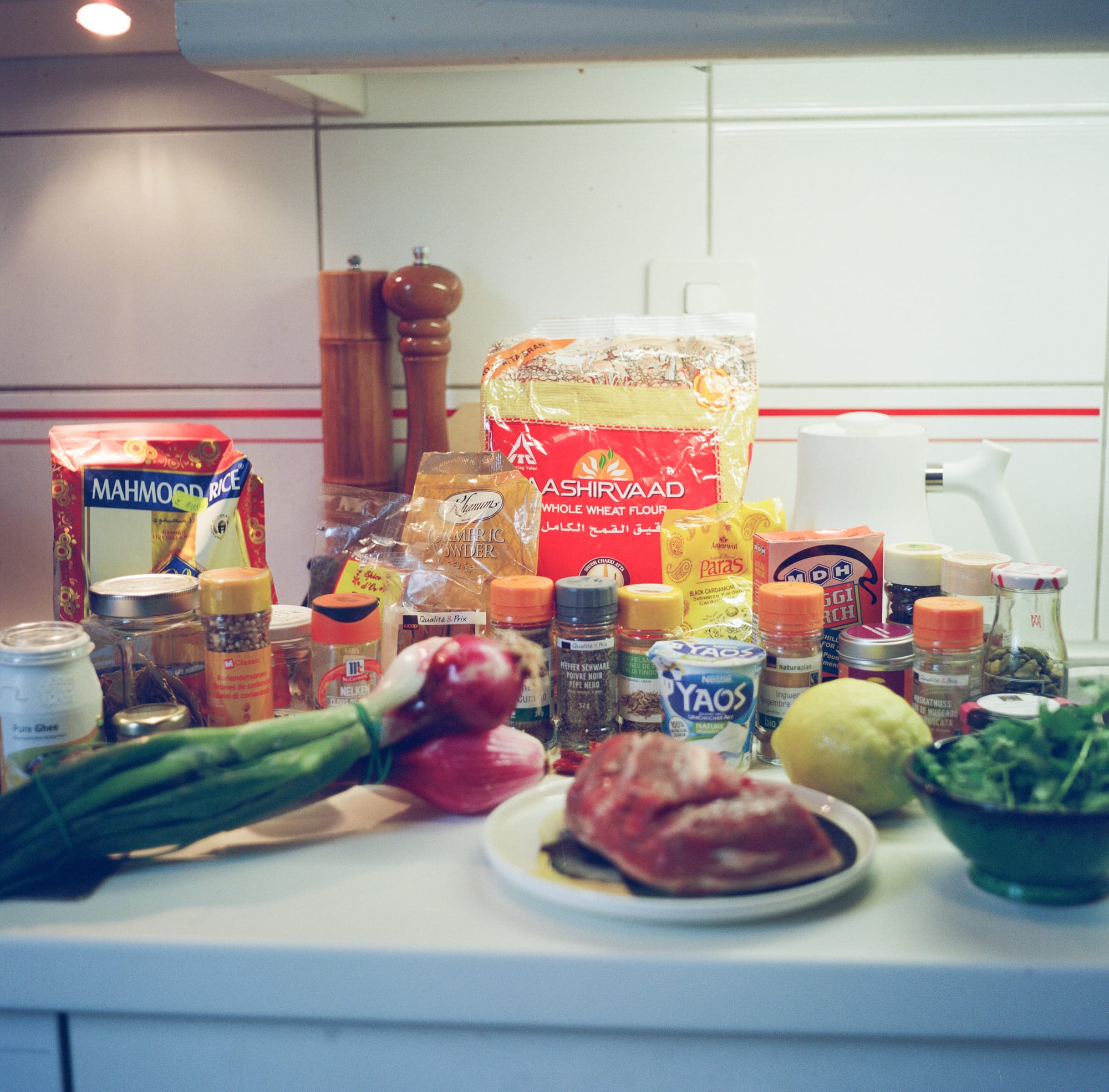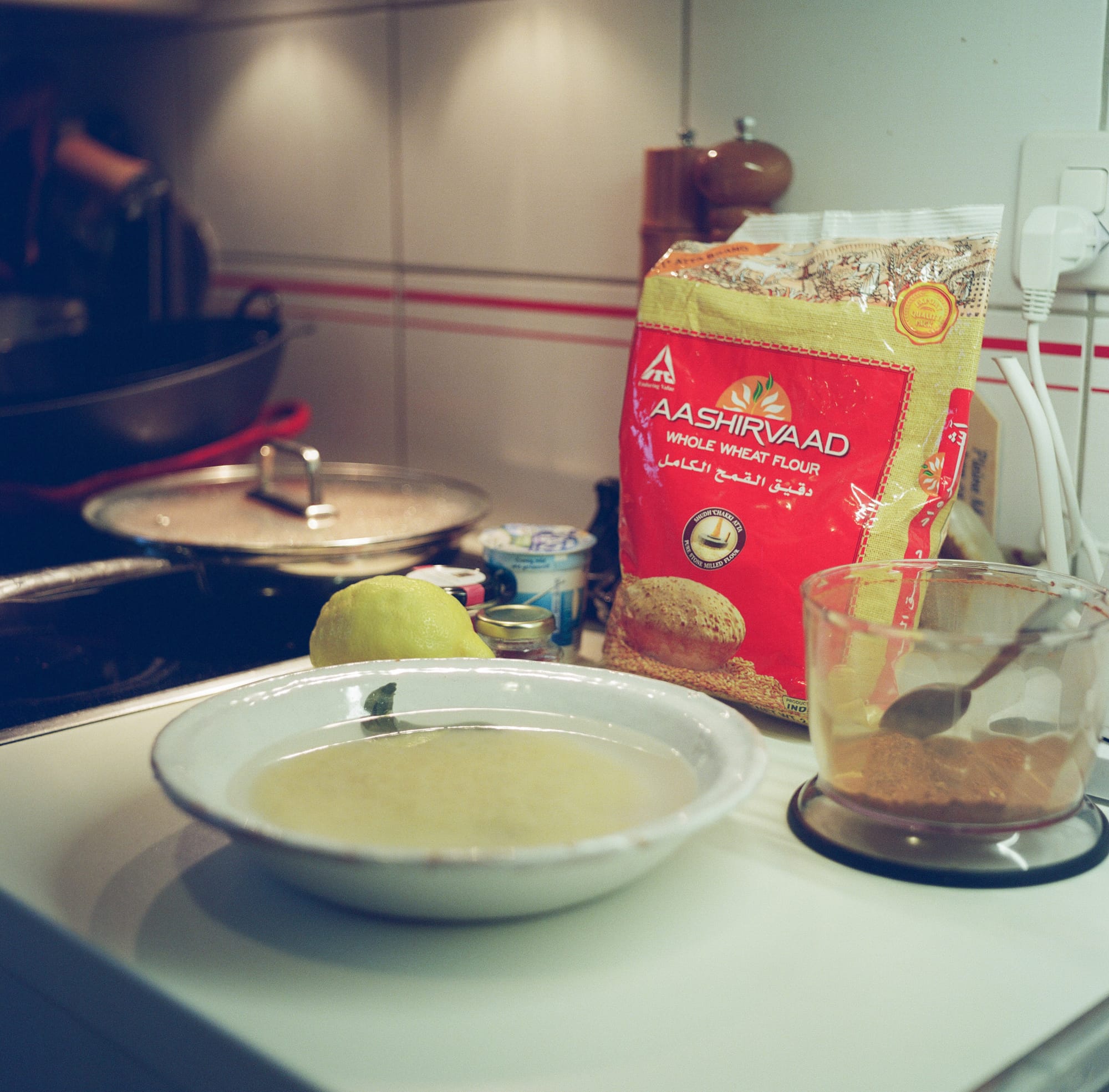What to eat PAKISTAN 🇵🇰 Nihari
According to the Pakistani paper Dawn, in one version, nihari traces its roots to "the back alleys of the Jamia Masjid," or Congregational Mosque, "in Delhi, where the Dehliwallas hail from, or as most Lucknawi loyalist believe, in the kitchens of the Nawabs," or Muslim princes, "of Awadh"...

Nihari
Published June 27, 2025 · by Amanda Rivkin Häsler
There are two distinct yet similar stories as to where nihari, often spelled with a capital N on the subcontinent, originated. According to the Pakistani paper Dawn, in one version, nihari traces its roots to "the back alleys of the Jamia Masjid," or Congregational Mosque, "in Delhi, where the Dehliwallas hail from, or as most Lucknawi loyalist believe, in the kitchens of the Nawabs," or Muslim princes, "of Awadh" in present day northern India under the final days of the Mughal Empire.
For those unfamiliar with even the broadest of contours of the history of the subcontinent before Partition in 1947, when ethnic violence erupted and out of India's Muslim communities, the nation of Pakistan (and later Bangladesh) was born, or even British rule, there was the Mughal Empire. One of history's great Muslim empires, the Mughals received support to the west from the Ottoman Empire and to the north from Central Asia, where the original Mughals are believed to have descended.
An early modern empire on the subcontinent, it stretched from the Indus River basin in the West, contemporary northern Afghanistan to the northwest, Kashmir in the north, the highlands of modern Bangladesh in the east towards the Deccan plateau of south India. Lasting a little more than three centuries, it was dissolved by the British Raj in 1858 – and the subcontinent would never be the same again.
The history of centuries of Islamic rule on the subcontinent in more recent years and decades has birthed the new Hindu nationalism of modern India. Without knowledge of the Mughal Empire, it is impossible to understand not just why so many Hindus, who control the capital Delhi today, believe it is their time. But also, how India got to have a globalized national dish in butter chicken that was first birthed in the Khyber Pass town of Peshawar, and how Pakistan's national dish, nihari, originated in the back alleys of Delhi or among the nobles of northern India.

Nihari is said to be a relic of the Indo-Persian influence of Mughal cuisine. The dish itself consists of slow-cooked meat, either shanks of beef, lamb, mutton, goat or chicken, flavored with a long pepper, pippali, a relative of black pepper, and countless other spices in a flavorful mélange. The Times of India notes the inclusion of "50 different varieties of spices" in nihari, "including garam masala, cumin, cardamon, cloves and a special type of sea foam". It is often consumed with naan in Pakistan and Bangladesh, sometimes rice as well.
The word nihari itself originates from the Arabic word "nahar" meaning morning. Consumed by the nawabs in the Mughal Empire following morning prayer, it grew in popularity in the kitchens of Lucknow in what is the modern-day region of Uttar Pradesh, India, among that country's poorest.

Originally, nihari was meant to be consumed as a heavy breakfast dish on an empty stomach. The nobles would go to prayer, have a bowl of nihari and then supposedly nap until afternoon prayer. But the heaviness of the dish suggested that it was more suitable as a high energy breakfast for the working class to fuel the day.
Following Partition, many Urdu-speaking Muslims from northern India migrated to Karachi in Western Pakistan and Dhaka in what was until the 1970s East Pakistan, now Bangladesh. There, they established a number of restaurants serving nihari, with Karachi as a culinary hub of sorts for the dish. At the same time, it remains "one of the most loved traditional breakfasts of Old Delhi," according to NDTV, with two popular restaurants, Haji Shabrati Nihariwale and Kalu Nihariwale specializing in the dish as indicated in the name.
In some restaurants, legend has it that a few kilos of each day's leftovers of nihari are added to the next day's pot. This reused part is known as taar, and in some establishments, legend has it the tradition has carried on continuously for over a century. It is believed the taar gives the dish its unique flavor, one for the ages quite literally.

Recipe
Ingredients:
2 bay leaves
1 tablespoon coriander seeds
1 tablespoon black pepper
1 cinnamon stick
5 cloves
2 black cardamon
1 teaspoon caraway seeds
1 teaspoon fennel seeds
1 star anise
Half teaspoon of nutmeg
4 juniper berries
4 green cardamon pods
3 dried red chilis
1 teaspoon dried ginger powder
1 nutmeg seed
1 teaspoon garam masala
1 tablespoon deggi mirch or Kashmiri red pepper
1 teaspoon turmeric
3 small dried roses
4 white onions
Small piece of ginger
3 garlic cloves
2 tablespoons ghee
Half kilo of lamb
Maldon salt
1 tablespoon ginger garlic paste
One and a half cup boiling water
150 grams of plain Greek-style yogurt
4 tablespoons atta (Indian whole wheat flour)
20 grams of cilantro
Step 1: Combine all the dry ingredients in a bowl. Heat a pan on high before adding the spices and stirring. Once the spices begin to smoke a bit and open up, pull from heat and add to a mortar and pestle or food processer and grind until a powder forms and set aside. Do not rinse pan.
Step 2: Dice the onions and return the pan to heat. Let cook on medium heat until onions begin to soften.
Step 3: Cut off the exterior part of the ginger and dice. Peel the garlic and dice it. Set aside.
Step 4: Turn down the onions and add ghee. Stir and turn down to a low heat and let sauté.
Step 5: Slice the meat into small cubes. Set aside.
Step 6: When the onions are soft and translucent, add the ginger and garlic and stir. Add four tablespoons of the ground spice mix and stir.
Step 7: Add the cubed lamb and salt and stir. Add ginger garlic paste, then the hot water, stir and cover on the lowest possible heat, allowing to slow cook, over approximately 90 minutes depending on how small the cubes of meat are or until fork tender.
Step 8: Combine yogurt, atta and the remaining spice mix together and slowly add to the lamb, stirring so it is not lumpy.
Step 9: Serve with rice or naan and garnish with cilantro.
Tips, tricks and notes:
We had most of the ingredients for this at home already from previous meals, which is fortunate as the best place for Indian groceries in Bern, Akkara Supermarket at Lorrainestrasse 15, was closed for holidays when we went to make this dish.
Learn where to eat Pakistani food in Switzerland.
Follow our social media pages @swissglobaldining on Instagram, TikTok and YouTube